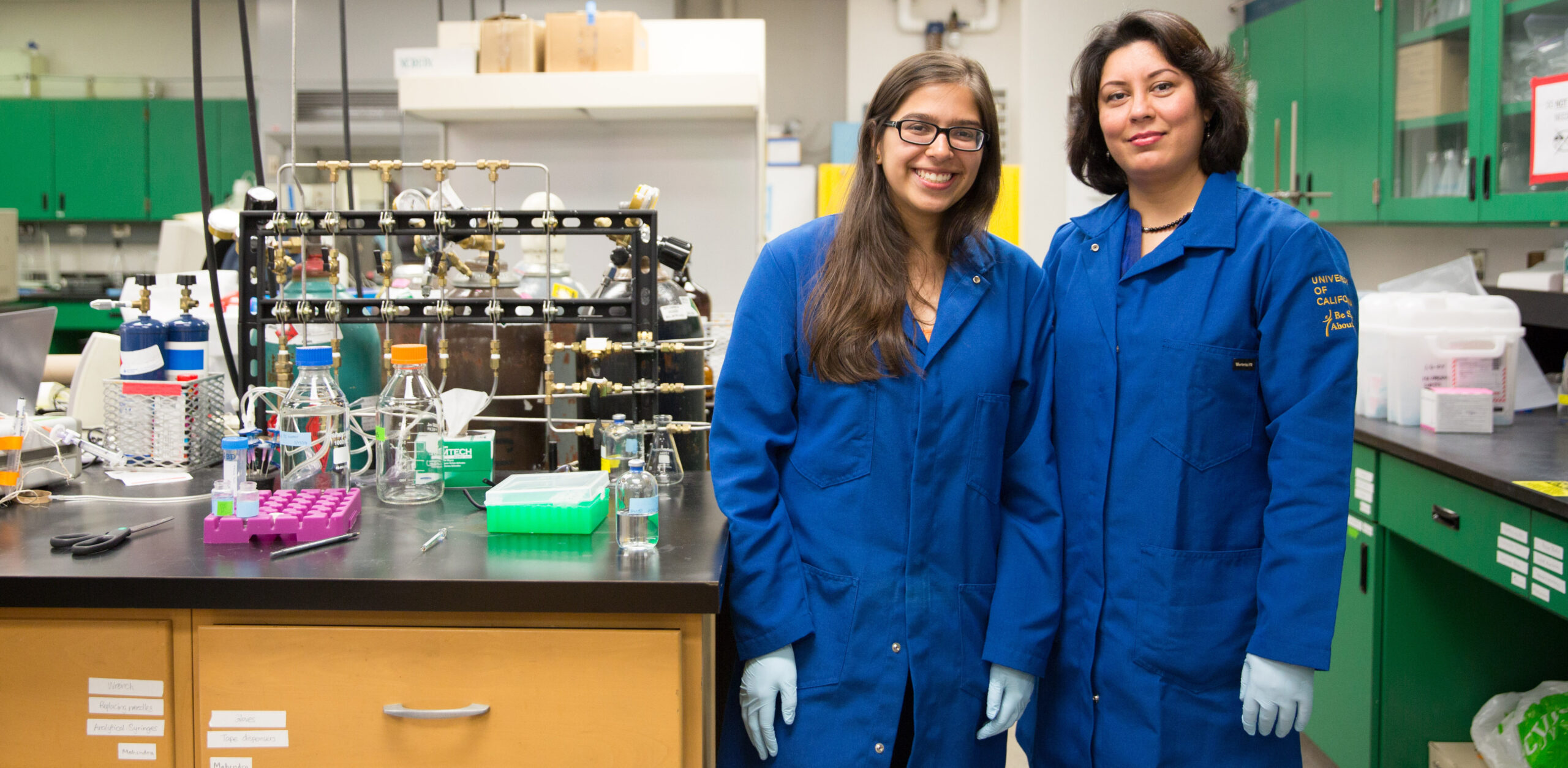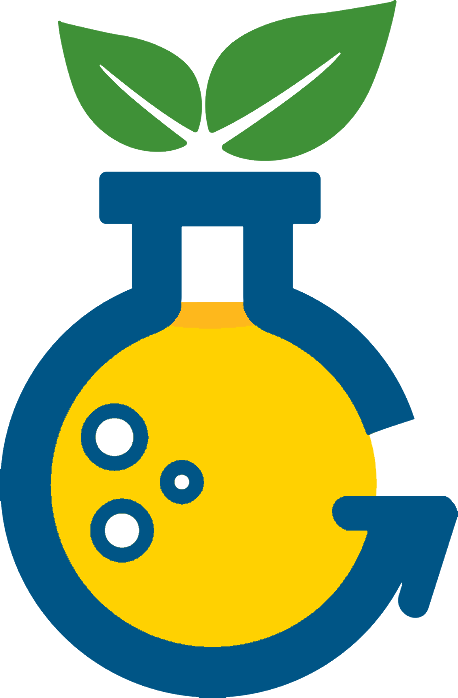
Sustainability at UCLA reaches every corner of the university, from training our future leaders with the skills to face complex global sustainability issues, to solutions for our operations throughout the campus housing, medical centers, classrooms and all of our other facilities. UCLA and the UC System are working towards a number of significant sustainability goals that are set forth in the UC Policy on Sustainable Practices.
Laboratory facilities are absolutely essential to these efforts. Not only are they critical in supporting UCLA’s leadership role as a world-class research institution, but they also represent the university’s single-largest consumer of energy and water on a per-square-foot basis. Laboratory users represent the first line of defense when it comes to reducing UCLA’s environmental impact as an institution and are key stakeholders in ensuring UCLA continues to achieve its ambitious sustainability goals.
Green Labs Certification

Want to find out what your lab is doing well and how you can improve your research sustainability?
Green Labs at UCLA will work with you to conduct a comprehensive assessment of your lab’s current practices; our team will then provide recommendations, materials, and educational resources to help you reduce your environmental impact.
Each year begins a new cycle of the program, but labs can join at any time! During the implementation period, labs will be asked to fulfill certain action categories by establishing new habits and practices, updating existing procedures, and switching to sustainable alternatives where possible. At the end of the cycle, labs that fulfill all of the standard practices for each category will earn a Blue Certification, and labs that go above-and-beyond will earn a Gold Certification!
The current 2025-2026 cycle consists of three action categories:
While high energy usage is inevitable for labs, there are many unobtrusive, simple ways to save a significant amount of energy and lower emissions! Turning off inactive equipment, keeping fume hoods closed when not in use, switching equipment to power-saving mode, and using LEDs when possible are all great ways to conserve.
Green Labs is actively working to secure funds that may be allocated towards purchasing equipment timers, LED lights, light motion sensors, and additional power-saving devices. Rebates towards energy-efficient equipment may also be available in the near future, if funding allows.
A standard -80 °C Ultra-Low Temperature (ULT) freezer unit can use up to 20kWh of energy per day – that’s as much as a single-family home! However, there are many ways to reduce energy consumption and increase your ULT efficiency. “Chilling up” your ULT to -70 °C can reduce energy consumption by around 30%. We also recommend proper organization and regular maintenance practices, which can reduce temperature fluctuations, increase storage capacity, and increase operational longevity.
If your lab has an older ultra-low temperature (ULT) freezer you are looking to replace, there is money available to help you purchase a new, more energy efficient one. Sign up for our Freezer Rebate Program, and Green Labs at UCLA will get in touch quickly!
If you follow these recommendations, make sure to participate in the International Laboratory Freezer Challenge and get a chance to have a photo feature and mention in the journal Nature.
Laboratories can use around four times the amount of water as a standard office. Although water usage is unavoidable, steps can be taken to reduce consumption and understand where water may be wasted. For example, autoclaves can utilize over 60 gallons per cycle; however, choosing to run only full loads, as opposed to half loads, can significantly reduce their total water usage. Implementing closed loop cooling systems, installing low-flow aerators on faucets, and ensuring that purified or DI water is used only when necessary are just some of the other ways that labs can help conserve water.
Green Labs is actively working to secure funds that may be allocated towards purchasing aerators, thermal beads, shut-down timers, waterless condensers, and additional water-saving devices. Rebates towards water-efficient equipment may also be available in the near future, if funding allows.
Green Labs Resources
Toolkit
Our team has created multiple informational pamphlets to help you get started on the path to certification.
Waste Disposal
Utilize the UCLA Environment, Health, & Safety Hazardous Waste management resources, pick-up services, and drop off-location when working with hazardous waste.
Request electronic lab equipment recycling or battery bucket service through the Recycling Request Form.
Download lab specific recycling and composting signage below. Additional waste related resources and signage are available, and general information, including information on centralized waste, can be found on the UCLA Zero Waste page.
Additional
- Adopt the 12 Principles of Green Chemistry to create a more sustainable lab space.
- For general environmental safety inquiries: (310) 825-5689
Hiiiii you have discovered my secret!
